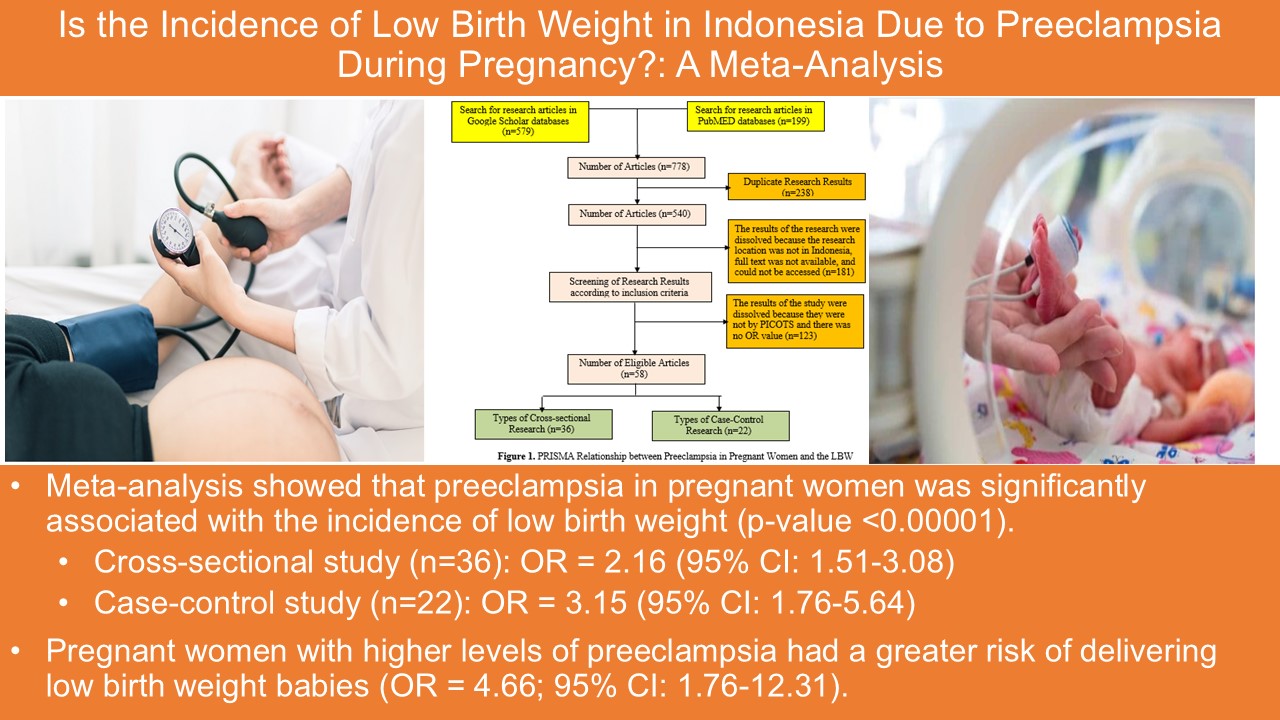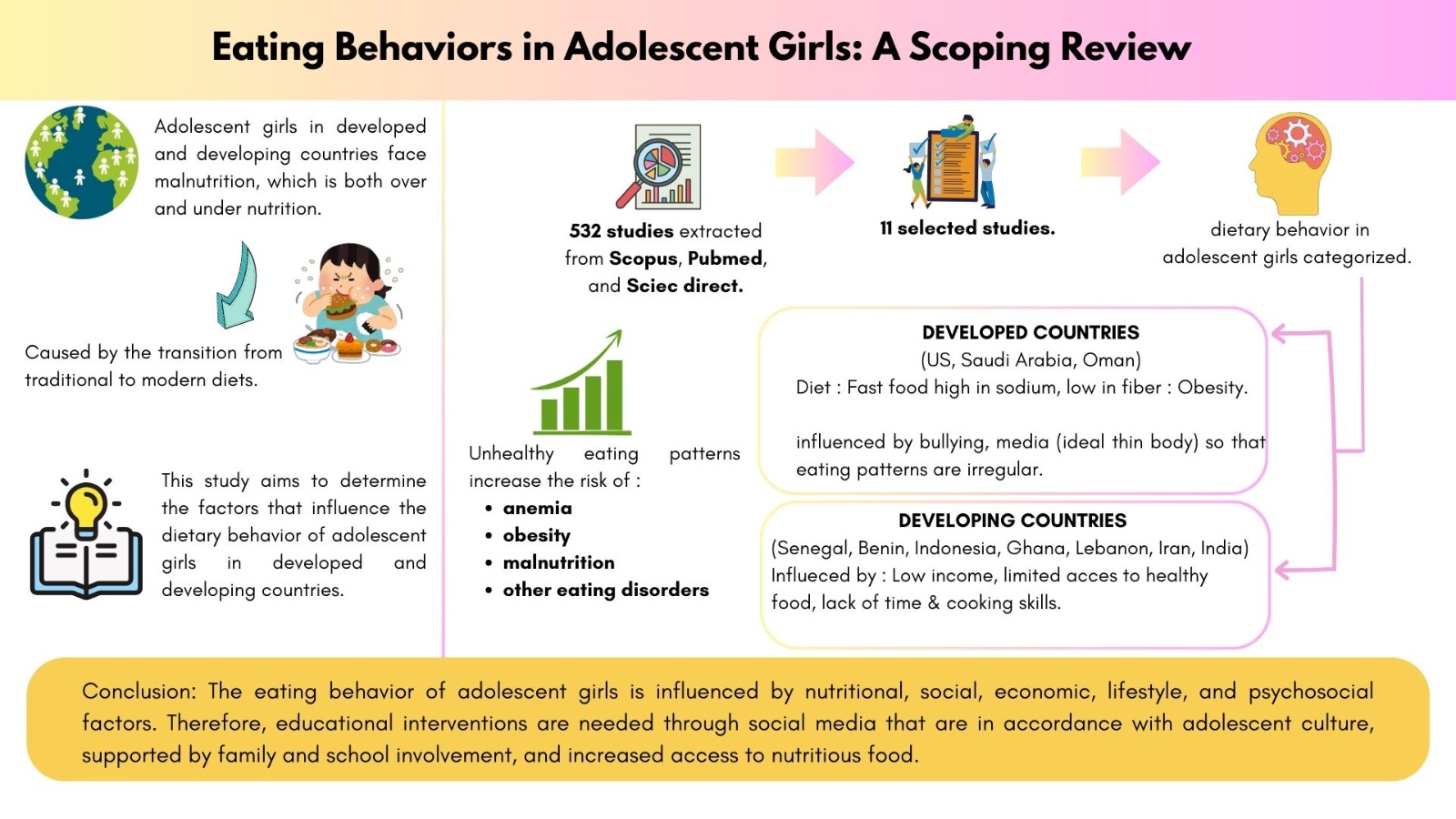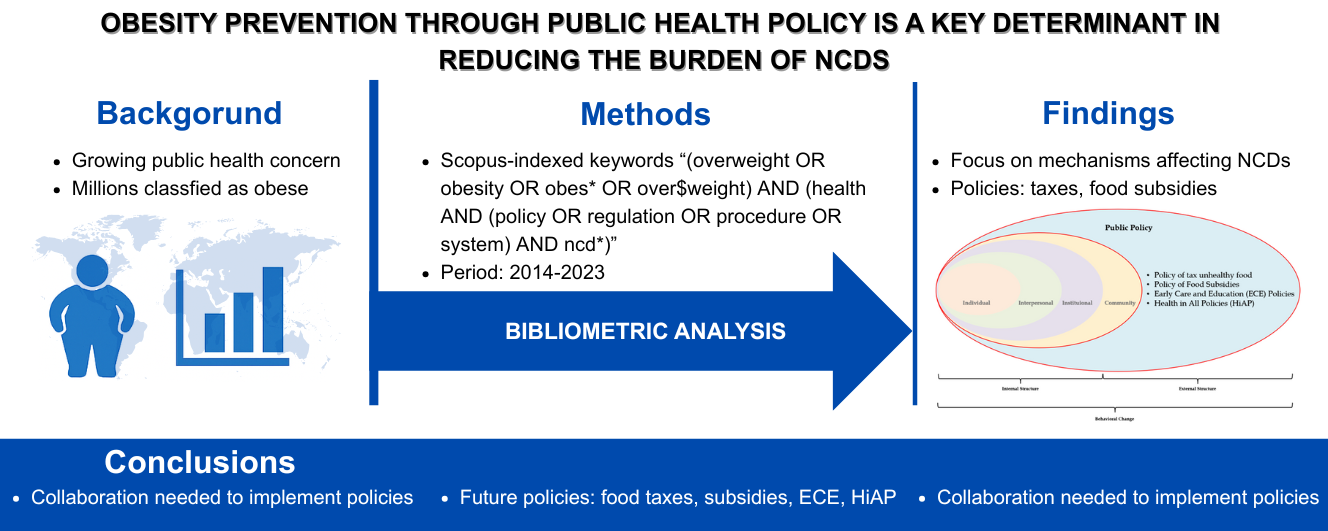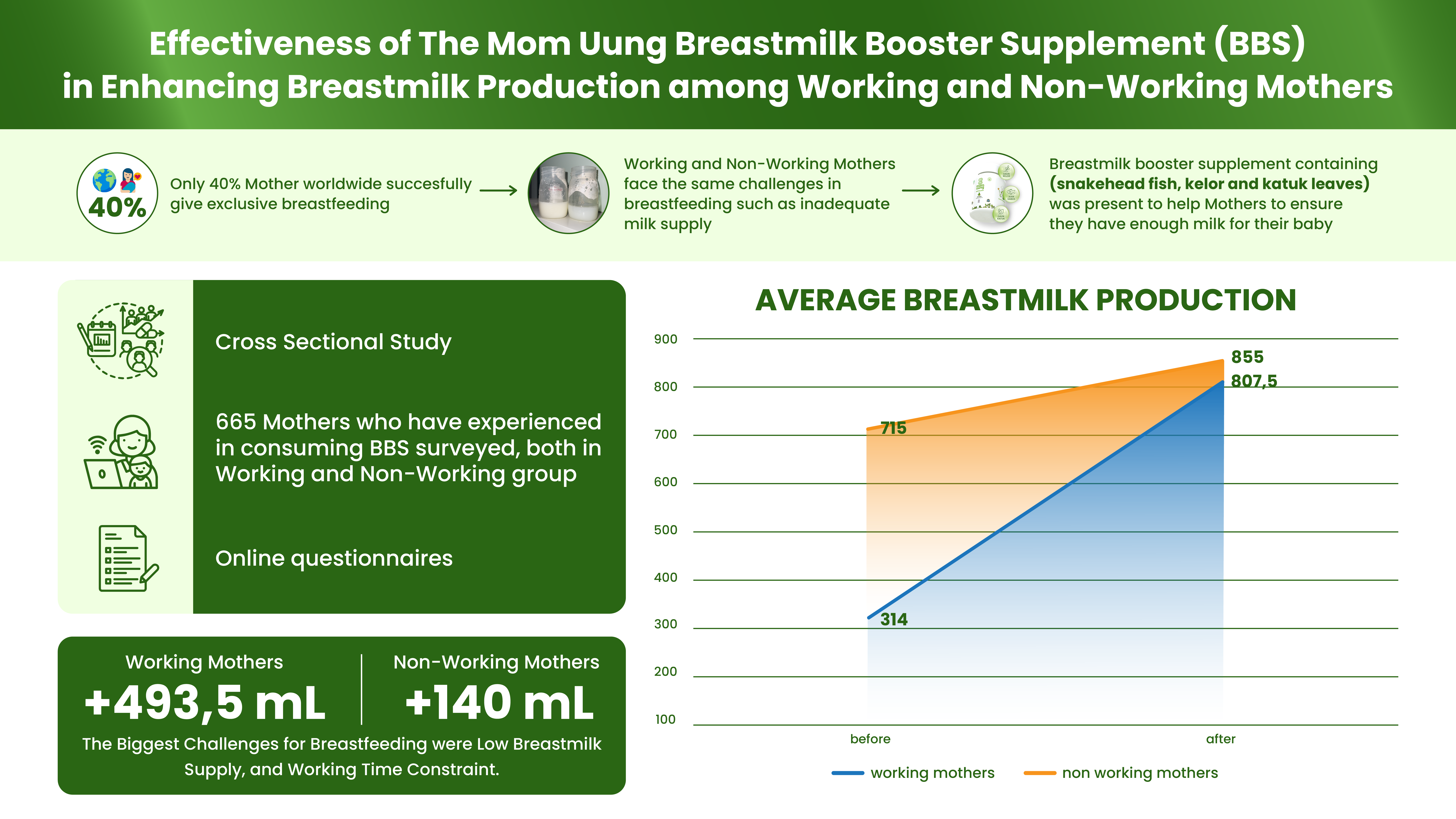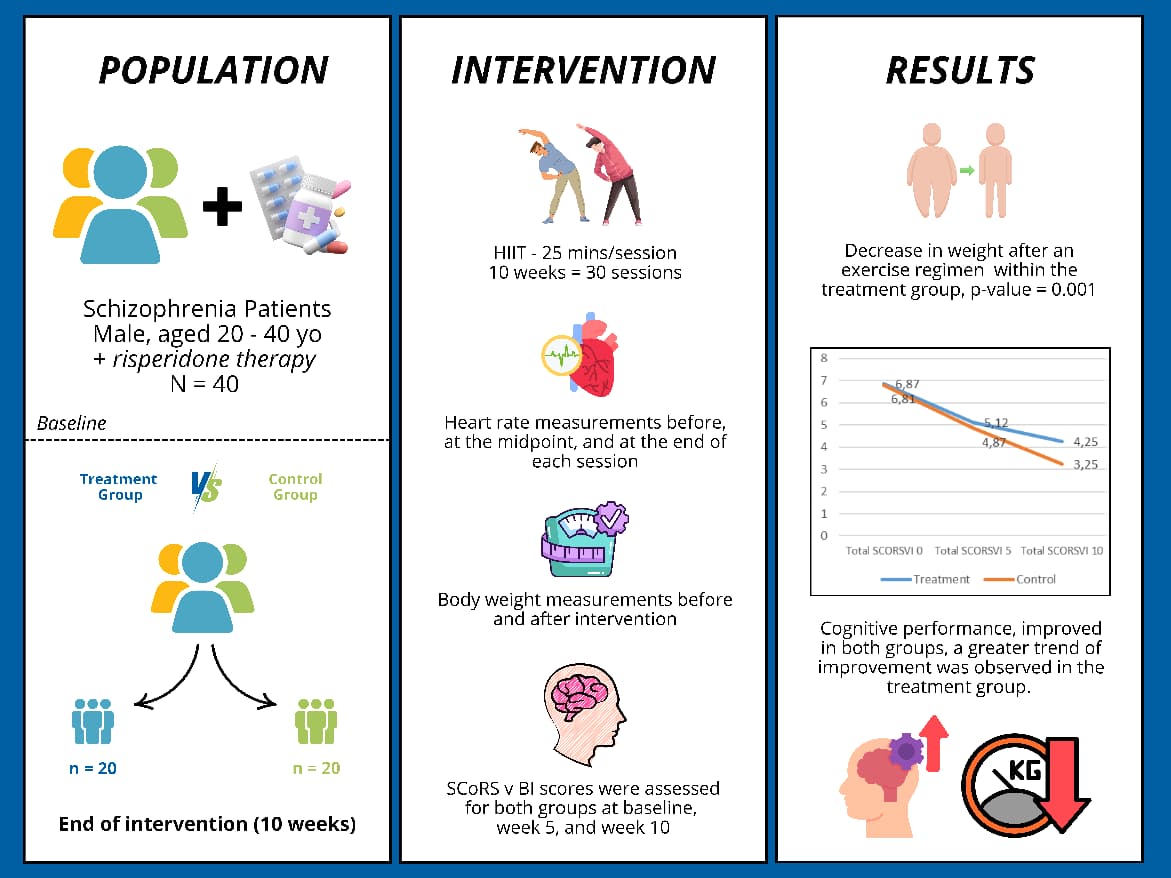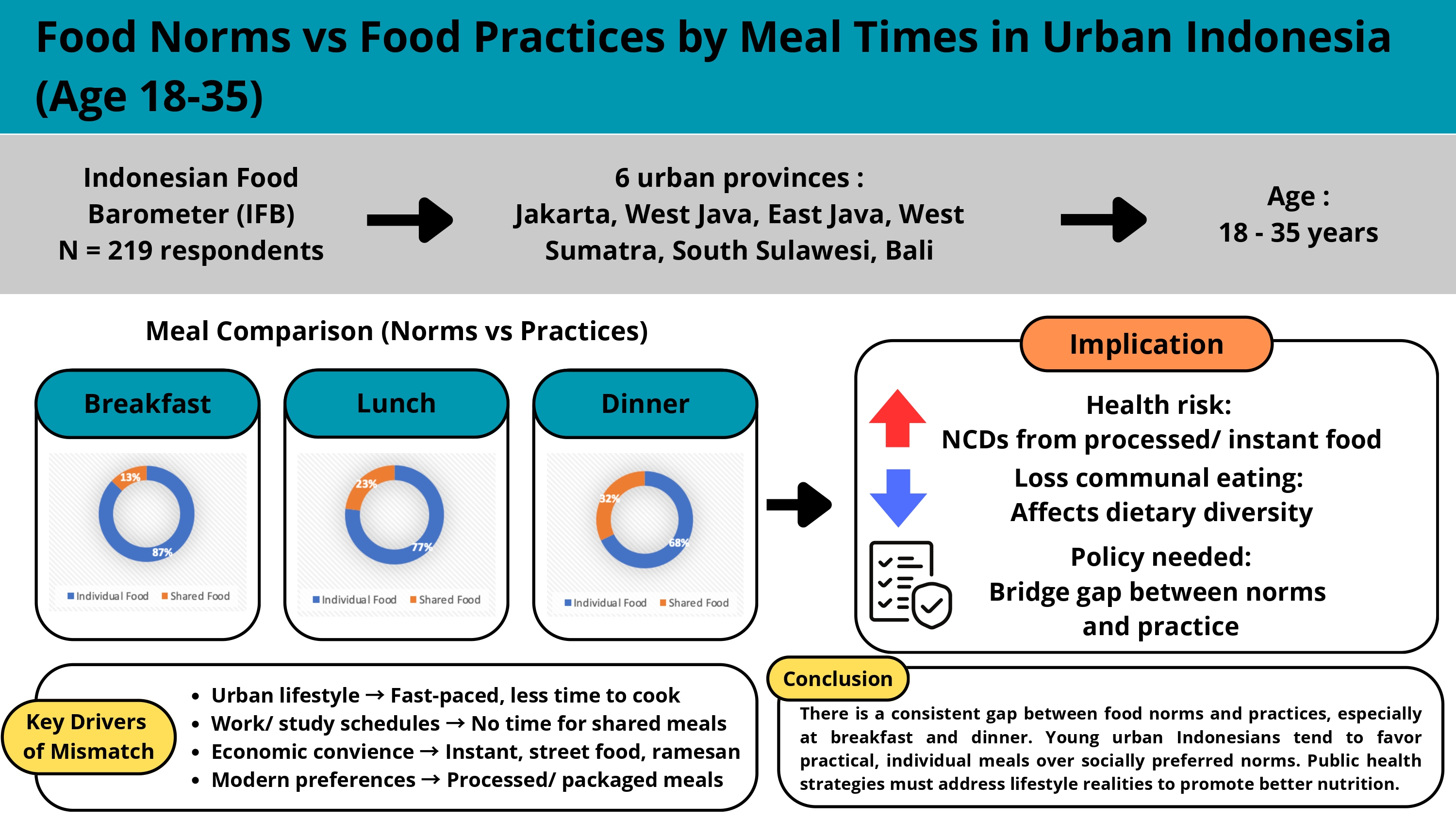PENGARUH SUBSTITUSI UBI JALAR KUNING, ISOLAT PROTEIN KEDELAI, DAN TEPUNG DAUN KELOR TERHADAP KANDUNGAN GIZI SERTA DAYA TERIMA MI INSTAN <br><i>[Effect of Yellow Sweet Potato, Isolated Soy Protein and Moringa Leaves Powder Subtitution on Nutritional Value and Acceptability of Instant Noodle]</i>
Downloads
Instant noodle is an alternative source of energy based on wheat fl our. The consumption of instant noodle in Indonesia is quite high. Instant noodle innovation with local food substitution is a solution to reduce dependence on wheat flour. Yellow sweet potato has an energy value similar to wheat fl our, as well as isolated soy protein high in protein and moringa leaves powder high in calcium. The purpose of this research was to analyse the effect of yellow sweetpotato, isolated soy protein, and moringa leaves powder substitution on acceptability and nutritional value (energy, protein, and calcium) of instant noodle. This was experimental research with completely randomized design. There were three formulas, one as a control formula (F0) and two substitution formulas with yellow sweet potato, isolated soy protein, and moringa leaves (F1 and F2) with 8 repetitions. There were 33 pregnant women as untrained panelist. The difference test was analyzed by Kruskall Wallis and Mann Whitney (α≤0.05). The result of panelist acceptability showed that the best formula is F2 (substitution of 6.8% yellow sweet potato, 5.4% isolated soy protein, and 1.4% moringa leaves powder). There was a signifi cant difference between F0 with F2 (p=0.004) and F1 with F2 (p=0.013) on aroma characteristics. The highest protein and calcium content per 100 g of instant noodle was F2, with 14 g and 44.5 mg. The best formula which determinated by the acceptability and nutritional value (energy, protein and calcium) was F2 (substitution of 25 g yellow sweet potato, 20 g isolated soy protein, and 5 g moringa leaves powder), so it can be used as an alternative food for pregnant women.
Asante, W.J., Nasare, I.L., Dery, D.T., Boadu, K.O, & Kentil, K.B. (2014). Nutrient composition of moringa oleifera leaves from tro agro ecological zones in Ghana. African Journal of Plant Science 8(1): 65–71. Diakses dari http:// academicjournals.org.
Astawan, M. (2008). Teknologi pembuatan mie instan. Jakarta: Penerbit Gramedia.
Badan Pusat Statistik. (2016). Statistik Indonesia 2016. Jakarta: BPS. Diakses dari https://www. bps.go.id/.
Badan Standardisasi Nasional. (2000). Standar Nasional Indonesia: Mi instan (SNI 01-3551- 2000). Jakarta: BSN. Diakses dari http://sisni.
bsn.go.id/.
Camargo, E.B., Moraes, L.F.S., Souza, C.M., Akutsu, R., Baretto, J.M., Silva, E.M.K., Betran, A.P., & Torloni, M.R. (2013). Survey of calcium supplementation to prevent preeclampsia: the gap between evidence and practice in Brazil. BMC Pregnancy and Childbirth 13(1): 206. Diakses dari www.biomedcentral.com.
Cameron, E.L. (2014). Pregnancy and olfaction: A Review. Front. Psychol, 5: 67. doi: 10.3389/ fpsyg.2014.00067.
Cindy, B.P.I.R., Suyatno, & Fatimah, S. (2016). Hubungan konsumsi mi instan dengan status gizi pada balita usia 24–59 bulan di Desa Jamus Kecamatan Mranggen Kabupaten Demak, Indonesia Tahun 2015. Jurnal Kesehatan Masyarakat 4(2):29–37. Diakses dari www. media.neliti.com.
Depkes. (1995). Daftar komposisi zat gizi pangan Indonesia. Jakarta: Kementrian Kesehatan Republik Indonesia.
Ginting, E., Yulifi anti, R. & Jusuf, M. (2014). Ubi jalar sebagai bahan diversifi kasi pangan lokal. Jurnal Pangan, 23(2): 194–207. Diakses dari www.jurnalpangan.com.
Hasanah, D.N., Febrianti., & Minsarnawati. (2012). Kebiasaan makan menjadi salah satu penyebab kekurangan energi kronis (KEK) pada ibu hamil di poli kebidanan RSIA Lestari Cirendeu Tangerang Selatan. Jurnal Kesehatan Reproduksi 3(3): 91–104. Diakses dari www.ejournal.litbang.depkes.go.id.
Karima, K., & Achadi, E.L. (2012). Status gizi ibu dan berat badan lahir bayi. Jurnal Kesehatan Masyarakat Nasional 3(7):111–119. Diakses dari www.journal.fkm.ui.ac.id.
Kemenkes. (2013a) . Angka kecukupan gizi (AKG). Kementrian Kesehatan Republik Indonesia, Jakarta. Diakses dari http://gizi.depkes.go.id/.
Kemenkes. (2013b). Riset kesehatan dasar (Riskesdas) Tahun 2013. Kementerian Kesehatan Republik Indonesia, Jakarta. Diakses dari www. depkes.go.id.
Kemenkes. (2016). Peraturan Menteri Kesehatan Republik Indonesia Nomor 51 Tahun 2016 Tentang Standar Produk Suplementasi Gizi. Kementrian Kesehatan Republik Indonesia, Jakarta. Diakses dari http://hukor.kemkes.go.id/.
Khasanah, L.U., Kawiji., Utami, R. & Aji, Y.M. (2015). Pengaruh perlakuan pendahuluan terhadap karakteristik mutu minyak atsiri daun jeruk purut. Jurnal Aplikasi Teknologi Pangan 4(2): 48–55. Diakses dari www.jatp.ift.or.id.
Liandani, W., & Zubaidah, E. (2015). Formulasi pembuatan mi instan bekatul (kajian penambahan tepung bekatul terhadap karakteristik mi instan). Jurnal Pangan dan Agroindustri 3(1): 174–185. Diakses dari www.jpa.ub.ac.id
Luthfiyah, F. (2012). Potensi gizi daun kelor (moringa oleifera) Nusa Tenggara Barat. Media Bina Ilmiah 6(2): 42–50. Diakses dari http:// www.lpsdimataram.com/.
Mariotti, F., Mahe, S., Benamouzig, R., Luengo, C., Dare, S., Gaudichon, C. & Tome, D. (1999). Nutritional value of [15N]-soy protein isolate assessed from ileal digestibility and postprandial protein utilization in humans. The Journal of Nutrition 129(11): 1992 –1997. Diakses dari https://www.ncbi.nlm.nih.gov.
Nurhidajah, Anwar, S., & Nurrahman. (2009). Daya terima dan kualitas protein in vitro tempe kedelai hitam yang diolah pada suhu tinggi. Jurnal Gizi Indonesia ISSN 1858-4942. Diakses dari http://eprints.undip.ac.id.
Oktriyani, Juffrie, M., & Astiti, D. (2014). Pola makan dan pantangan makan tidak berhubungan dengan kekurangan energi kronis pada ibu hamil. Jurnal Gizi dan Dietetik Indonesia 2(3): 159–169. Diakses dari www.ejournal.almaata.ac.id.
Ponomban, S.S., Walalangi, R., & Harikedua, V.T. (2013). Efektivitas suplementasi bubuk daun kelor (moringa oleifera) terhadap peningkatan kadar hemoglobin pada ibu hamil yang menderita anemia. Jurnal Gizido 5(1): 36–44. Diakses dari www.ejurnal.poltekkesmanado.ac.id.
Rochmawati & Marlenywati. (2015). Perilaku Konsumsi mi Instan Mahasiswa Fakultas Ilmu Kesehatan Universitas Muhammadiyah dan Jurusan Gizi Poltekkes Kemenkes Pontianak. Jurnal Vokasi Kesehatan 1(6): 188–194. Diakses dari www.ejournal.poltekkes-pontianak.ac.id.
Say, L., Chou, D., Gemmill, A., Tuncalp, O., Moller, A.B., Daniels, J., Gulmezoglu, A.M., Temmerman, M., & Alkema, L. (2014). Global Causes of Maternal Death: A WHO Sysmatic Analysis. The Lancet Global Health 2(6):323–333. Diakses dari www.thelancet.com.
Slavin, J. (1991). Nutritional benefi ts of soy protein and soy fi ber. Journal of the American Dietetic Association 91(7): 816–9.
Sundari, D., Almasyhuri., & Lamid. A. (2015). Pengaruh proses pemasakan terhadap komposisi zat gizi bahan pangan sumber protein. Media Litbangkes 25(4): 235–242. Diakses dari https://media.neliti.com/.
Syukur, N.A. (2016). Faktor-faktor yang menyebabkan kurang energi kronis (KEK) pada ibu hamil di puskesmas Sidomulyo Kota Samarinda. Mahakam Midwifery Journal 1(1): 38–45. Diakses dari www.ejournalbidan.poltekkes-kaltim.ac.id.
Trisnawati, M., & Nisa, F.C. (2015). Pengaruh penambahan konsentrat protein daun kelor dan keragenan terhadap kualitas mie kering tersubstitusi mocaf. Jurnal Pangan dan Agroindustri 3(1): 237–247. Diakses dari www.jpa.ub.ac.id/.
Zakaria., Nursalim., & Tamrin, A. (2016). Pengaruh penambahan tepung daun kelor terhadap daya terima dan kadar protein mi basah. Media Gizi Pangan 21(1): 73–78. Diakses dari http:// mediagizipangan.org.
- MEDIA GIZI INDONESIA Journal is the copyright owner of all materials published on this website.
- The formal legal provisions for access to digital articles of this electronic journal are subject to the terms of the Creative Commons Attribution-NonCommercial-ShareAlike license (CC BY-NC-SA 4.0), which means that MEDIA GIZI INDONESIA Journal and readers reserve the right to save, transmit media / format, manage in database, maintain, and publish articles as long as it continues to include the name of the Author.
- Printed and published print and electronic manuscripts are open access for educational, research and library purposes. In addition to these objectives, the editorial board shall not be liable for violations of copyright law.


2.png)















